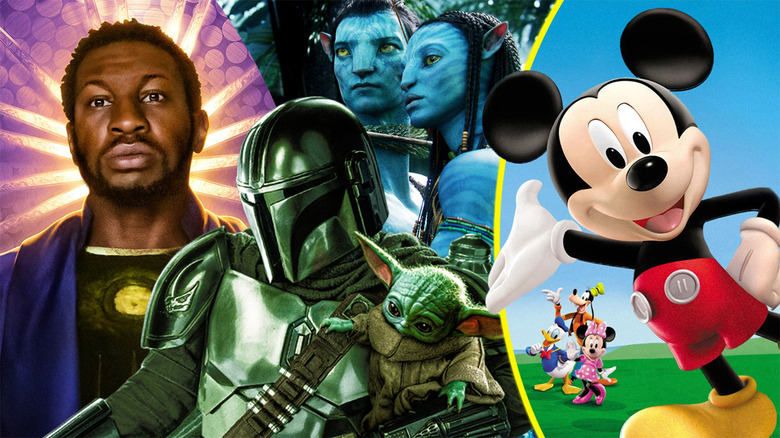
Disney shocked the business world when it was announced in November 2022 that CEO Bob Iger, who led the company to heights it had never seen before, was returning to his post. Bob Chapek, who had taken over for him in 2020, was out after a tumultuous, short tenure. Iger had his first big return to the spotlight recently as Disney held its first quarterly earnings call following the executive's return, with much pressure to steer the ship in the right direction. Iger wasted no time in making big, drastic changes, particularly in light of the fact that Disney+ lost subscribers for the first time since its launch (2.4 million of them, to be exact).
The company did, overall, beat expectations with reported revenues of $23.5 billion, up 8% from a year ago. Iger was welcomed with open arms and Wall Street has responded kindly to what he laid out; Disney's stock was up nearly 3% the morning following the call. During the Q&A portion of the call, the theme of "Welcome back, Bob" emerged. The response was warm, so much so that activist investor Nelson Peltz, who had been in a proxy fight looking to get a board seat, dropped his case. "We wish the very best to Bob, this management team and the board. We will be watching. We will be rooting," Peltz said to CNBC.
Brutal though elements of Iger's sweeping changes may be, what he's saying is working so far. Iger has completely reorganized the company into three divisions: Disney Entertainment, which houses most of the streaming and media operations; Parks, Experiences and Products; and ESPN. This all but dismantled everything Chapek had done in his stead. Overall, much of what the CEO (who has two years to find a successor) wants to do boils down to focusing on streaming, finding savings, and leaning into big franchises.
The Future Is Still Streaming
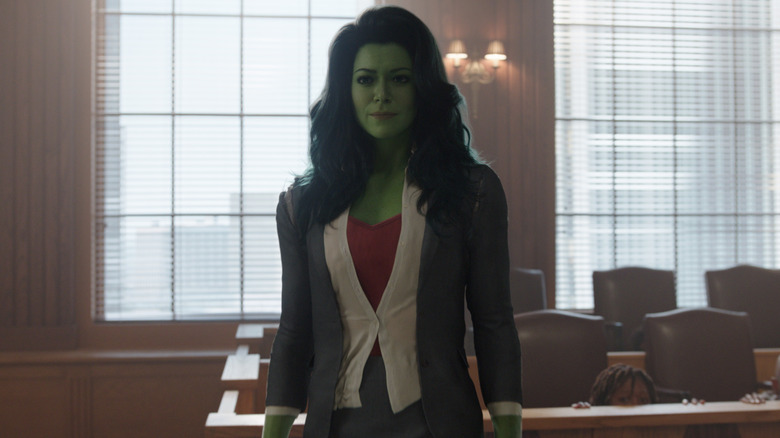
One of the biggest issues legacy media companies like Disney are facing right now is the fact that cord cutting is accelerating, leading to a decline in traditional, linear TV. As evidence of that, Disney's linear networks such as ABC saw revenue of $7.3 billion, in the most recent quarter, down 5% from a year ago. Meanwhile, the direct to consumer business, aka streaming, saw revenues of $5.3 billion, up 13% from a year ago. The writing is on the wall: streaming is the future and, even though the transition may be rough, Bob Iger knows this, and he said as much on the call:
"There's a lot to accomplish. But let me be clear, this is my number one priority. We're focused on the success of our streaming business and the return it generates for our shareholders long into the future. The streaming business, which I believe is the future and has been growing, is not delivering the kind of profitability or bottom-line results that the linear business delivered for us over all over a few decades. And so we're in a very interesting transition period, but one I think, is inevitably heading towards streaming."
Iger also discussed the "global arms race for subscribers," which led to heavy investment in the early years of Disney+. Case in point, streaming accounted for $1.1 billion in losses in the most recent quarter, though Disney+ still has eyes on reaching profitability in 2024. "In our zeal to go after subscribers, I think we might have gotten a bit too aggressive in terms of our promotion. We took our pricing up substantially on Disney+ and [...] we only suffered a de minimis loss of subs. That tells us something," Iger said.
What About ESPN+ And Hulu?
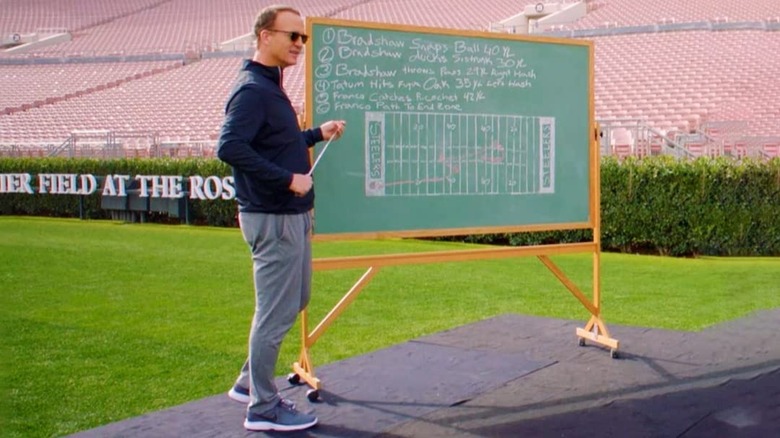
Disney+ isn't the only streaming concern that Disney has. The company also has ESPN+, which has grown to 25 million subscribers to date, as well as Hulu, which it took full control of shortly after the Fox acquisition in 2019. But, as mentioned, traditional TV is declining, and that is where ESPN has its roots set. So, is the plan to pivot the sports giant to a pure streaming play in the future? Bob Iger tackled that head-on, saying, "We're going to continue to look at that as a potential pivot for ESPN away from the linear business, but we're not going to do that precipitously, we're not going to do that until it makes economic sense."
In other words, for now, it makes sense to have linear TV as part of the equation, but that's why the goal is to grow the streaming business now so that, when the time comes, they will be prepared for that pivot. As for Hulu? Things are tricky currently. While Disney controls the service, Comcast still owns one third of it. Disney will either need to buy that stake from Comcast for at least $27.5 billion, or sell the service to someone else. Addressing this after the call in a chat with CNBC, Iger said the following:
"Everything is on the table right now, so I am not going to speculate whether we are a buyer or a seller of it. But I obviously have suggested that I'm concerned about undifferentiated general entertainment, particularly in the competitive landscape that we are operating in, and we are going to look at it very objectively and expansively."
Iger, when pressed, said Disney would be "open minded" if Comcast wanted to buy Hulu, rather than have Disney buy the remaining third of it.
Savings, Even If They Come Through Brutal Means
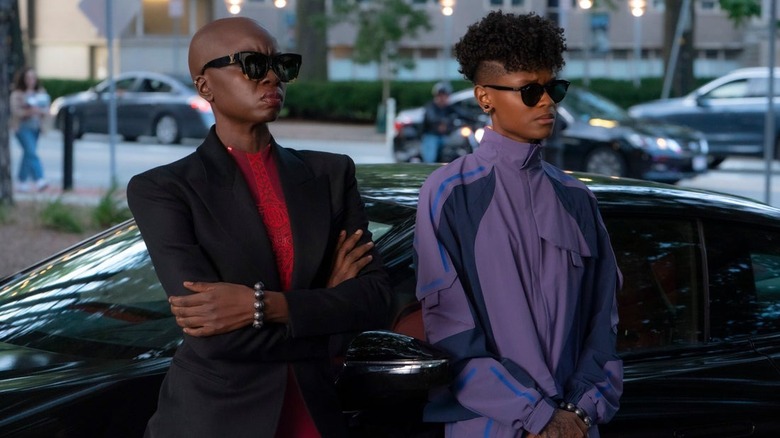
Hulu is caught right in the middle of two pillars Bob Iger has set up: streaming as the future, and strict measures being put in place to make way for big savings. Cost-cutting is coming, and it's coming fast. Iger said the idea is to "reduce costs on everything that we make." The fact of the matter is that Disney has around $48 billion in debt (much of that coming from the pricey Fox acquisition), and they need to find ways to get the company's finances in order. So a $27.5 billion purchase might be a tough sell, even if it does align with the "streaming is our future" mentality.
But Iger isn't wasting any time because in the right here and right now, he intends to find $5.5 billion in overall savings, including $3 billion in non-sports content savings. So, for as much as everyone was mad at Warner Bros. Discovery for its brutal cost-saving efforts, this is a larger industry trend, rather than an isolated incident. The era of "spend for subscribers at all costs" is very much over.
As a further, more brutal cost-saving measure, Disney intends to cut 7,000 jobs, or around 3% of its total workforce. Much of this has to do with the reorganization mentioned earlier, which dismantled the Disney Media & Entertainment Distribution (DMED) structure that had been set up by Bob Chapek. Iger had this to say about the reorganization:
"Our new structure is aimed at returning greater authority to our creative leaders and making them accountable for how their content performs financially. Our former structure severed that link and must be restored. Moving forward, our creative teams will determine what content we're making, how it is distributed and monetized, and how it gets marketed."
Franchises, Franchises, Franchises
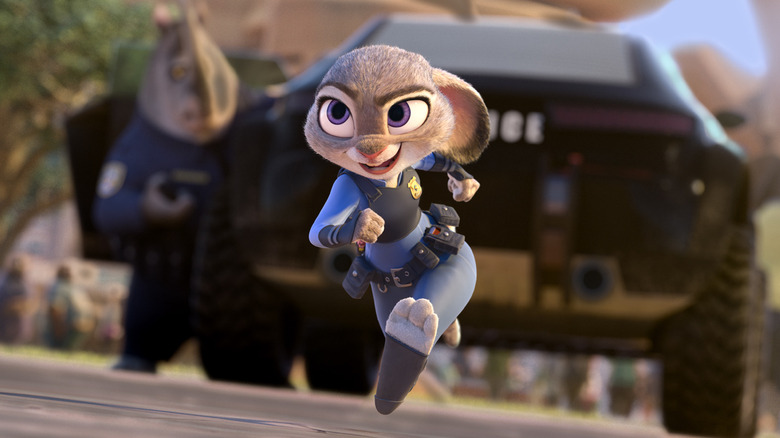
Disney is still going to be spending lots of money, "in the low $30 billion range" on content for the year. Where is all that money going? Addressing savings, the executive said it's going to come down to being more deliberate about what they're making, and how much they're spending on it:
"We are going to take a really hard look at the cost for everything that we make, both across television and film. Because things in a very competitive world have just simply gotten more expensive, and that's something that is already underway here. In addition, we're going to look at the volume of what we make. And with that in mind, we're going to be fairly aggressive at better curation when it comes to general entertainment."
In short, expect less overall volume when it comes to movies and TV shows. So, if not quantity, then quality? For Disney, that perceived quality comes from its big franchises, such as Marvel, "Star Wars," and much of what exists under Pixar's umbrella. Bob Iger was very clear about the fact that they are going to focus heavily on franchises, stating, "We will focus even more on our core brands and franchises, which have consistently delivered higher returns." While few details were revealed, sequels to "Zootopia," "Toy Story," and "Frozen" were announced as evidence of this commitment.
In fairness, "Zootopia" made $1 billion at the box office in 2016. It's frankly surprising it took this long to get a sequel. "Frozen II" made $1.43 billion, making it one of the highest-grossing movies ever. Meanwhile, "Toy Story," across four movies, has generated $5.25 billion in ticket sales (not counting "Lightyear"). So yeah, maybe it's not original, but it's not hard to see why these are logical business decisions.
In Conclusion
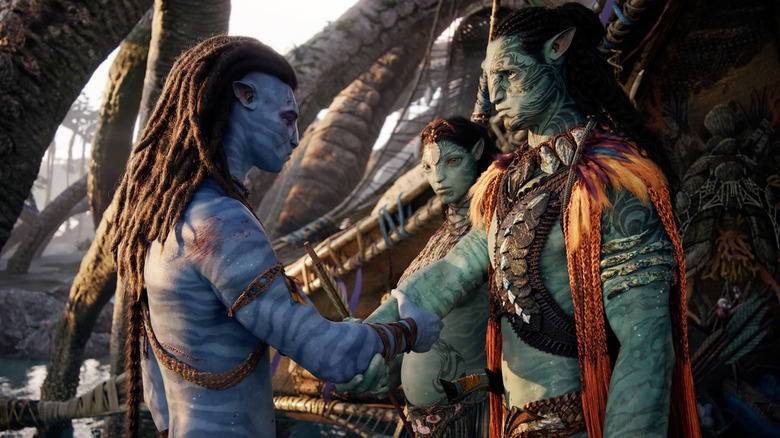
This all might seem like a mixed bag for onlookers and fans of the Mouse House. Sure, moviegoers might say they want more original movies and fewer sequels. Yet, Bob Iger simply looked at how badly "Strange World" bombed and is asking, "Do you really?" That's also why they are going to be giving "Avatar" a stronger presence at the Disney parks, now that "The Way of Water" is one of the highest-grossing movies ever. Disney, particularly under Iger, has leaned into franchises better than anyone in the business. From a business perspective, why lean away from that now?
Yes, the layoffs are brutal, but the industry is in a period of transition. Between the streaming wars and the pivot away from traditional TV, consumers are having to make tough choices and revenue will be impacted greatly in the near future. Disney has to do what it must to be one of the players still standing when the dust settles because, rest assured, some companies, as they exist, aren't going to make it. Iger, despite how remorseless some of this may seem, is attempting to get his house in order using the best information available. And, in fairness, this man's track record is pretty damn good. Let's see what the remainder of his two-year return brings with it.
Read this next: The 20 Most Underrated Disney Movies You Need To See
The post Bob Iger Lays Out Disney's Future: Streaming, Savings, And Franchises To The Rescue appeared first on /Film.
from /Film https://ift.tt/ISRAsrM


No comments:
Post a Comment